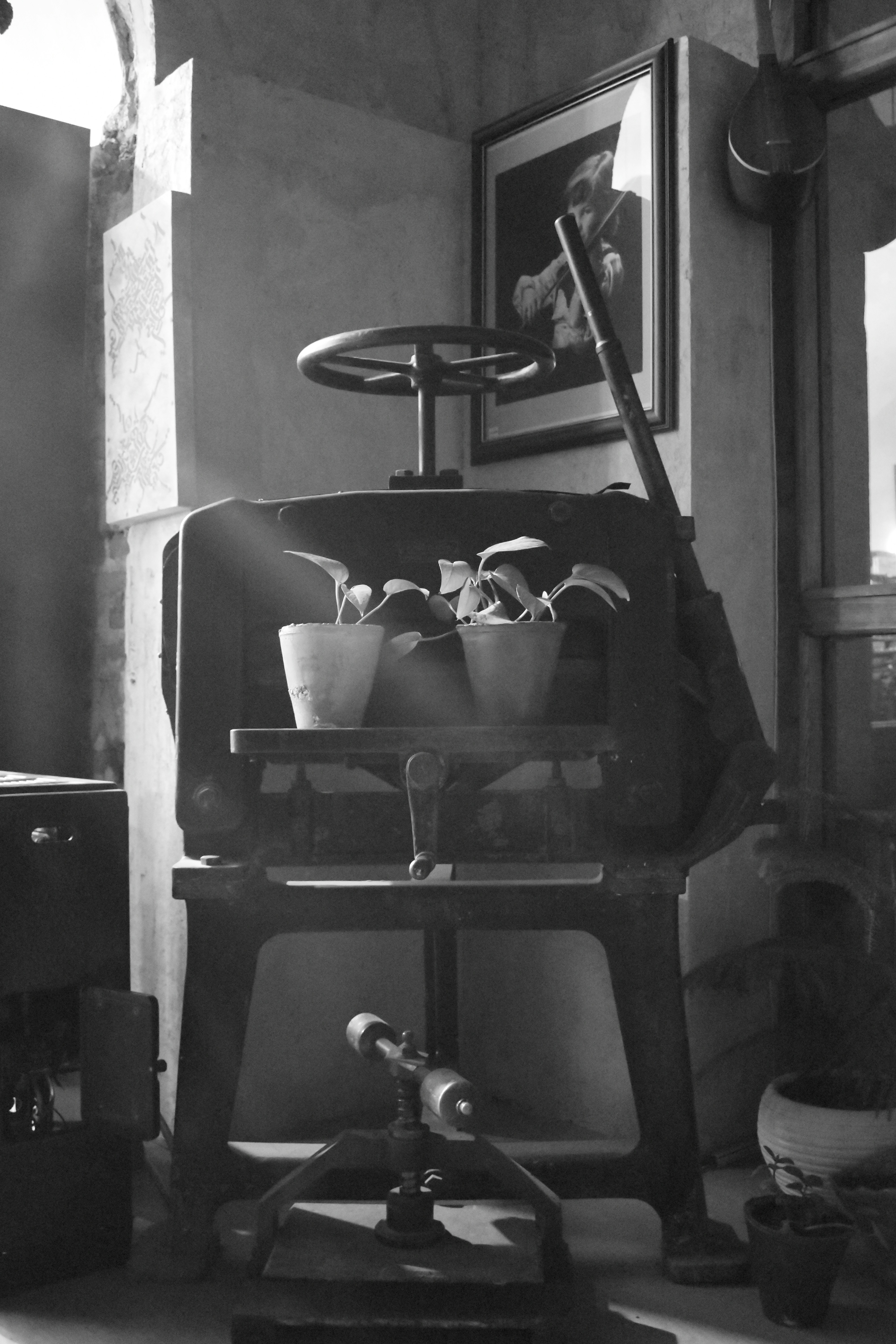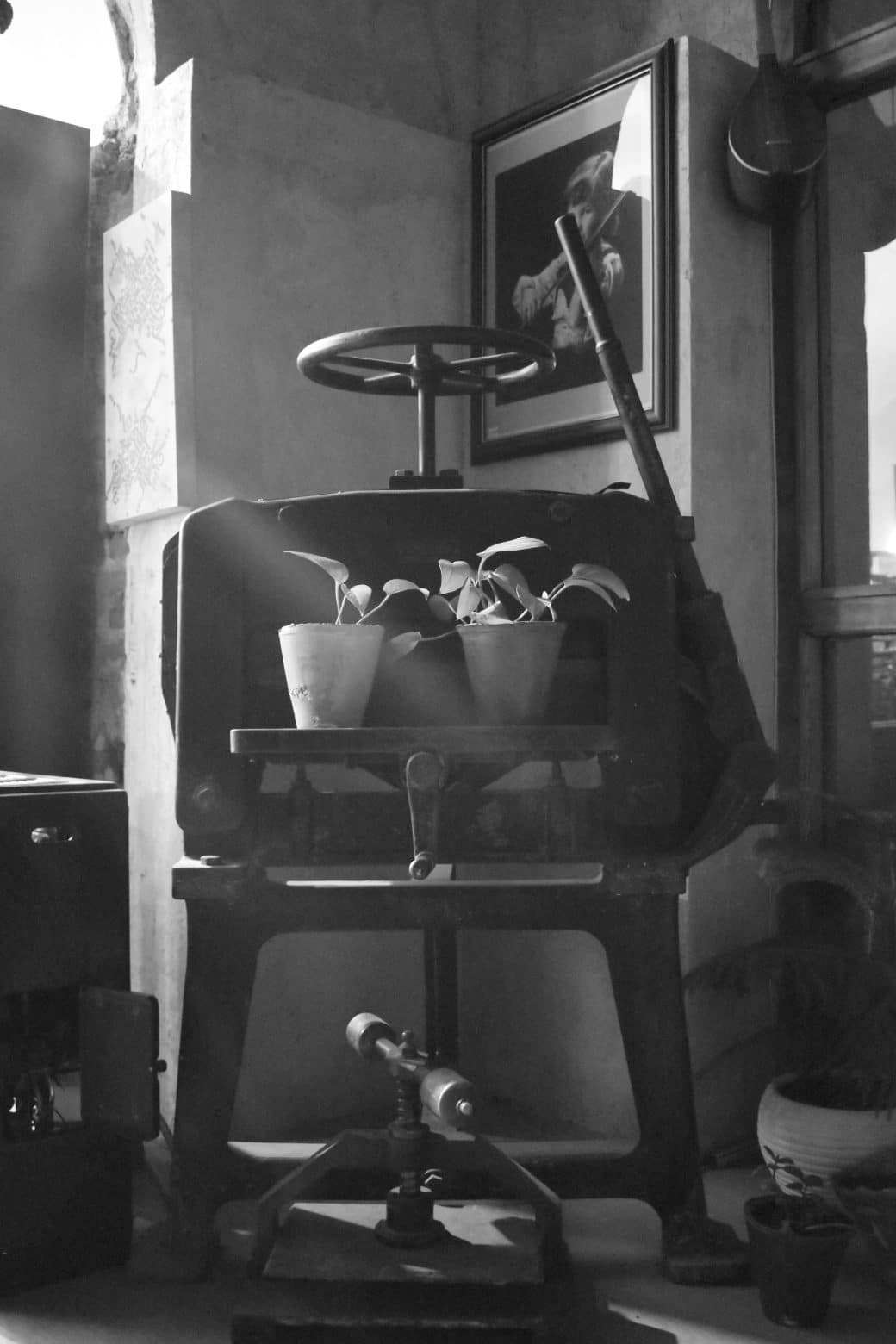Embarking on a journey through the intricate and fascinating realm of bookbinding materials, I’ve uncovered a treasure trove of knowledge that I’m eager to share with you. From the tactile pleasure of selecting the perfect paper, to the allure of exotic leathers and the precision required in choosing adhesives, this comprehensive guide is a testament to the artistry and craftsmanship that goes into creating enduring books. It’s a world where tradition meets innovation, and I’m here to lead you through its many layers, revealing the secrets and practices that make bookbinding a unique and rewarding craft.

Understanding Bookbinding
Definition of bookbinding
Bookbinding is a process that fascinates me deeply – it’s essentially the craft of physically assembling a book from an ordered stack of paper sheets. These are then bound together, either on one side, and attached to a cover. It gives a stack of papers durability, making them easier to read and handle. Not just that, but the aesthetic appeal it can bring to a simple manuscript is quite remarkable.
Historical background of bookbinding
The history of bookbinding is as rich and varied as the books it has preserved over the millennia. It traces back to ancient times when religious texts were bound by hand in elaborate covers. I’ve read that the earliest forms of bookbinding were seen in India, where religious sutras were copied onto palm leaves and then bound with twine. Meanwhile, Coptic bookbinding, which originated in Egypt, is recognized for its unique stitching and binding method that predates the Western bookbinding techniques.
Different approaches to bookbinding
Bookbinding can be categorized into several methods, including traditional hand-binding and more modern mechanical binding methods. Hand-binding techniques like saddle stitching and perfect binding offer a personal touch and durability that machines can’t replicate. On the other hand, machine-based methods like thermal binding and spiral binding provide efficiency and are cost-effective for large quantities. Each method has its unique aesthetic and functional appeal depending on the project’s needs.
Basic Bookbinding Terminologies
Definition of key terms
To get a grip on bookbinding, understanding the jargon is essential. Terms like ‘signature’, which is a set of pages folded together, or ‘spine’, the binding edge of the book, are foundational. Then there’s ‘endpapers’, the sheets of paper glued to the inside front and back covers. These terms are just scratching the surface but are pivotal in understanding the craft.
Distinctive features of bookbinding terms
Each term in bookbinding is distinct, helping to distinguish between the different parts of the book and the process itself. For instance, knowing the difference between ‘fore-edge’ (the edge of the book opposite the spine) and ‘head’ (the top part of the book) can significantly impact how a book is bound.
Common misconceptions about bookbinding terms
One common misconception is confusing ‘binding’ with ‘cover’. ‘Binding’ refers to the entire process of fastening together the pages of a book, while ‘cover’ is just the outer part of the book. Misunderstandings like these can lead to confusion, especially for those new to the craft.
Classification of Bookbinding Materials
Paper types
In bookbinding, the choice of paper is critical. The type can range from high-grade, durable paper for the book’s pages to decorative papers for the cover and endpapers. Each type brings its own texture, thickness, and color to the final product, influencing the book’s feel and usability.
Cover materials
The materials used for covers can significantly affect a book’s durability and aesthetic. Leather, with its classic look and sturdy nature, offers an air of sophistication. Cloth covers, on the other hand, provide a vast array of textures and colors, while paper covers are versatile and can be easily customized with various designs.
Glues and adhesives
The choice of glue or adhesive in bookbinding can make or break the durability of the book. Animal glue, PVA, and EVA are among the most commonly used in the craft. Each has its pros and cons, depending on the book type and its intended use.
Threads and cords
Threads and cords not only hold the book together but can also add a decorative element. Materials range from linen and cotton to synthetic fibers, each offering different levels of strength and aesthetic appeal.
Binding tapes, crepe bands, and gauzes
These materials provide additional reinforcement to the binding, especially for heavier or more frequently used books. They help ensure the book’s longevity, keeping it intact through repeated handling.

Detailed Evaluation of Paper Types
Understanding the relevance of paper grain
The grain of the paper refers to the direction in which the paper fibers lie. Aligning the grain with the spine ensures the book opens more smoothly and is less prone to warping or cracking. It’s a detail often overlooked but imperative for the book’s functionality.
Different types of paper ideal for bookbinding
From the soft and tactile Japanese washi paper to the sturdy and versatile cotton paper, the variety is endless. Each type of paper brings its unique properties and suitability for different bookbinding projects, whether it’s for a fine art book or a simple notebook.
Choosing the right paper: factors to consider
When selecting paper for a bookbinding project, it’s essential to consider the book’s purpose, the printing method, and the desired aesthetic. The weight, texture, and durability of the paper should match the project’s needs to ensure a successful outcome.
Unraveling Cover Materials
Leather bookbinding
Leather binding offers an unparalleled level of elegance and durability. It’s been used for centuries, aging beautifully over time. Different types of leather, such as calf, goat, or sheep, provide varying textures and levels of resilience.
Cloth bookbinding
Cloth covers provide a vast canvas for creativity, available in various fabrics like linen, cotton, or silk. They can be dyed, printed, or embossed, allowing for personalized designs that can make a book stand out.
Paper bookbinding
Paper covers are perhaps the most versatile, offering endless possibilities in terms of design and finish. With modern printing technologies, anything from intricate patterns to bold graphics can be achieved on paper covers.
Comparative analysis of different cover materials
Each material brings its own set of advantages. Leather is robust and has a luxurious feel but can be expensive. Cloth offers a middle ground, being durable yet more affordable. Paper covers are cost-effective and highly customizable but might not provide the same level of durability as the other two.
Exploring Glues and Adhesives
Overview of glues and adhesives used in bookbinding
The range of adhesives used in bookbinding includes PVA glue, which is flexible and dries clear; animal glues, known for their strong bond and traditional use; and EVA adhesives, favored for their quick setting time.
Understanding the right adhesive: factors to consider
Choosing the correct adhesive depends on the material being bonded, the book’s intended use, and the desired lifespan. For example, PVA glue is excellent for paper and cloth, but animal glue would be better for leather due to its stronger bond.
Care and maintenance of adhesives
Proper storage and application are crucial to maintaining the quality of adhesives. They should be kept in a cool, dry place and applied evenly to avoid warping or excess buildup, which can affect the book’s appearance and durability.
Threads, Cords, and Tapes
Importance of Threads and Cords in bookbinding
Threads and cords not only hold the book’s signatures together but also contribute to the book’s aesthetic. The choice of material, thickness, and color can significantly impact the overall design.
Types of Threads and Cords
Linen is a popular choice for its strength and durability, while silk offers a more luxurious look. Synthetic options like nylon provide resilience and come in a wide range of colors.
Understanding the role of binding tapes, crepe bands, and gauzes
These materials help reinforce the binding, especially in larger or heavier books. They provide extra support to the spine and joints, ensuring the book can withstand frequent use.
How to choose the right thread or cord
Consider the book’s size, weight, and usage. A heavier or more frequently used book might benefit from a stronger thread or cord, while a lighter book or one that is more decorative than functional might use a finer thread.
Essential Tools for Bookbinding
List of primary bookbinding tools
The basic toolkit for bookbinding includes a bone folder for folding paper, a sharp knife or scalpel for cutting, needles for sewing, and brushes for applying glue. Rulers and cutting mats also are essential for measuring and cutting with precision.
The role of different bookbinding tools
Each tool has a specific purpose in the bookbinding process. For instance, bone folders create sharp, clean folds without damaging the paper, while brushes must be chosen based on the type of adhesive used.
Safety measures to consider when using bookbinding tools
Working with sharp tools and adhesives requires caution. Always cut away from your body, keep tools clean and well-maintained, and work in a well-ventilated area when using glues to ensure safety.
Processes Involved in Bookbinding
An overview of basic bookbinding processes
Bookbinding generally involves assembling the signatures or pages, attaching them to the cover, and then adding finishing touches like endpapers and headbands. The exact processes vary depending on the binding style.
Techniques for effective bookbinding
Effective bookbinding requires precision and patience. Techniques like ensuring grain direction alignment, applying even pressure when gluing, and allowing proper drying times are crucial for a high-quality finish.
Common mistakes to avoid when bookbinding
Rushing through the process, using too much glue, and not allowing enough drying time are common pitfalls. Another mistake is ignoring the grain direction of paper, which can lead to the book not lying flat or pages not turning easily.
Career Opportunities in Bookbinding
Understanding the career landscape of bookbinding
Bookbinding offers various career paths, from artisanal hand-bound book creators to commercial bindery technicians. There are also opportunities in restoration and conservation, an area that combines artistry with the science of preserving historical texts.
How to start a career in bookbinding
Starting a career in bookbinding often begins with a passion for books and craftsmanship. Formal education in book arts or an apprenticeship can provide valuable skills and knowledge. Joining bookbinding societies and participating in workshops can also be beneficial.
Relevance of bookbinding skills in the contemporary job market
In an age where digital is dominant, the tactile experience of a well-crafted book stands out more than ever. There’s a growing market for artisanal and limited-edition books, making bookbinding skills quite relevant and in demand. Conservation and restoration work also offer avenues for those skilled in traditional bookbinding techniques.



